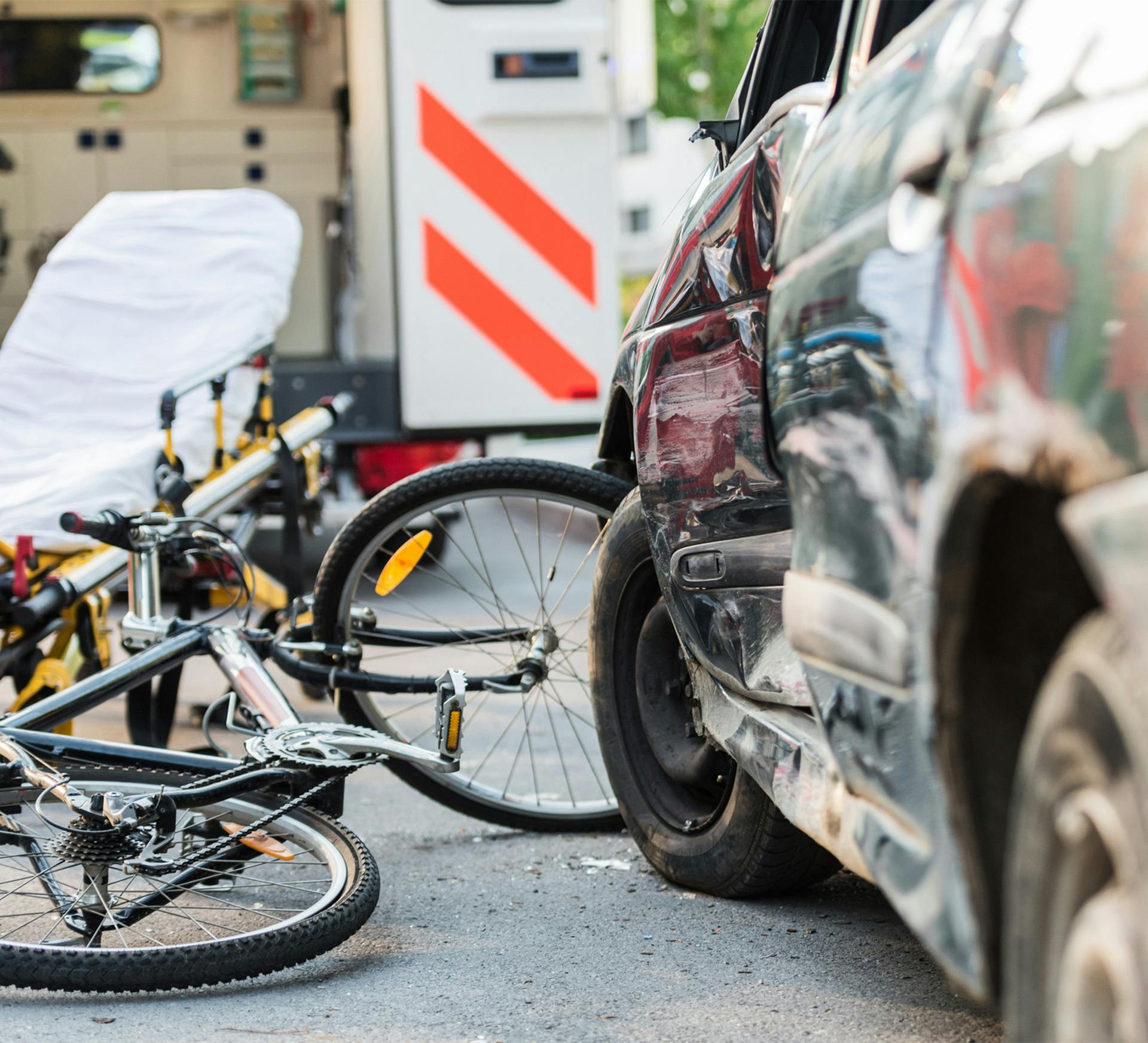A great source of exercise, transportation, and environmentally friendly biking has a lot to offer riders. Still, it is also a more dangerous form of transportation when collisions happen with cars, scooters, and trucks.
California Bike Accident Personal Injury Laws
Although the state ranks as one of the top ten most bicycle-friendly in the US, California still sees disproportionate bicycle accidents. In 2016, for instance, the state held the unenviable record of having the most bicycle accident fatalities across all states in the US. The state legislature has passed several statutes to protect cyclists on California roads, including the California Three Feet for Safety Act. The Three Feet for Safety Act specifies a safe distance to follow other vehicles or bicycles on the road. According to the Act, drivers must maintain a distance of at least three feet when following other vehicles or bikes. In addition, anyone who intends to overtake a bicycle or another vehicle must do so “at a safe distance that does not interfere with the safe operation” of the other vehicle or bike. They must also leave a distance of three feet between their vehicle and the bicycle they are passing.
Where the road conditions make it impossible to leave three feet when passing, the law requires the passing driver to slow to a “reasonable and prudent speed” when passing. Additionally, they must only pass when doing so would not cause danger or harm to the cyclist.
This law was enacted to help make it less likely for fender benders and sideswipes to occur. These are two of the most common accidents cyclists face on the road, either because a driver was too impatient to follow behind a bicycle or because they failed to pay attention when swerving back into the lane.
The law also prohibits trying to share a lane with a cyclist. Every bicycle is entitled to occupy an entire lane by itself, and no driver can prejudice the cyclist or require them to share.
This is a common occurrence on many roads in the US and can often lead to avoidable accidents. Many cities in California provide special bicycle lanes to avoid this possibility. You may often see these lanes painted in a solid white line or painted in green, with a white boundary.
Other road users are expected to steer clear of these special bicycle lanes, as required under California Vehicle Code Section 21209. Other road users may enter these lanes in limited circumstances, such as when they need to reach an authorized parking spot or enter or leave a roadway.
Despite these laws, bicycle accidents continue to occur in California for numerous reasons.




